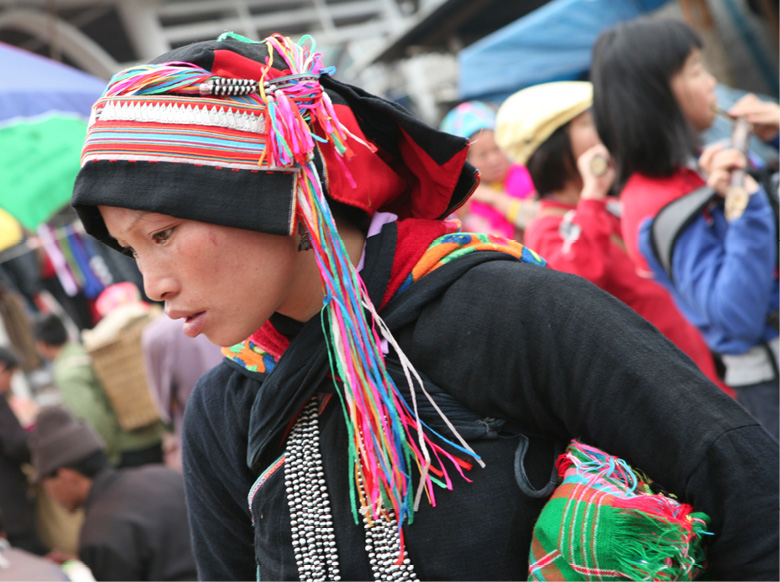Contents
How to use this Rough Guide ebook
This Rough Guide is one of a new generation of informative and easy-to-use travel-guide ebooks that guarantees you make the most of your trip. An essential tool for pre-trip planning, it also makes a great travel companion when youre on the road.
From the section.
Detailed area maps feature in the guide chapters and are also listed in the , accessible from the table of contents. Depending on your hardware, you can double-tap on the maps to see larger-scale versions, or select different scales. There are also thumbnails below more detailed maps in these cases, you can opt to zoom left/top or zoom right/bottom or view the full map. The screen-lock function on your device is recommended when viewing enlarged maps. Make sure you have the latest software updates, too.
Throughout the guide, weve flagged up our favourite places a perfectly sited hotel, an atmospheric caf, a special restaurant with the author pick icon  . You can select your own favourites and create a personalized itinerary by bookmarking the sights, venues and activities that are of interest, giving you the quickest possible access to everything youll need for your time away.
. You can select your own favourites and create a personalized itinerary by bookmarking the sights, venues and activities that are of interest, giving you the quickest possible access to everything youll need for your time away.
Cyclos in the old town, Hoi An
Introduction to Vietnam
One has to admire Vietnam despite its tumultuous recent history, this resilient nation has bounced back to become a big-hitter on the Southeast Asian travel circuit. As one would expect from a country so long and skinny, theres plenty of variety on offer its a land of emerald paddy fields and white-sand beaches, full-tilt cities and venerable pagodas, vast caves, craggy mountains and friendly minority communities. Visitors are met with warmth, curiosity and a seemingly irrepressible desire to connect; add in some of the regions most nuanced cuisine, and youre onto a winner.
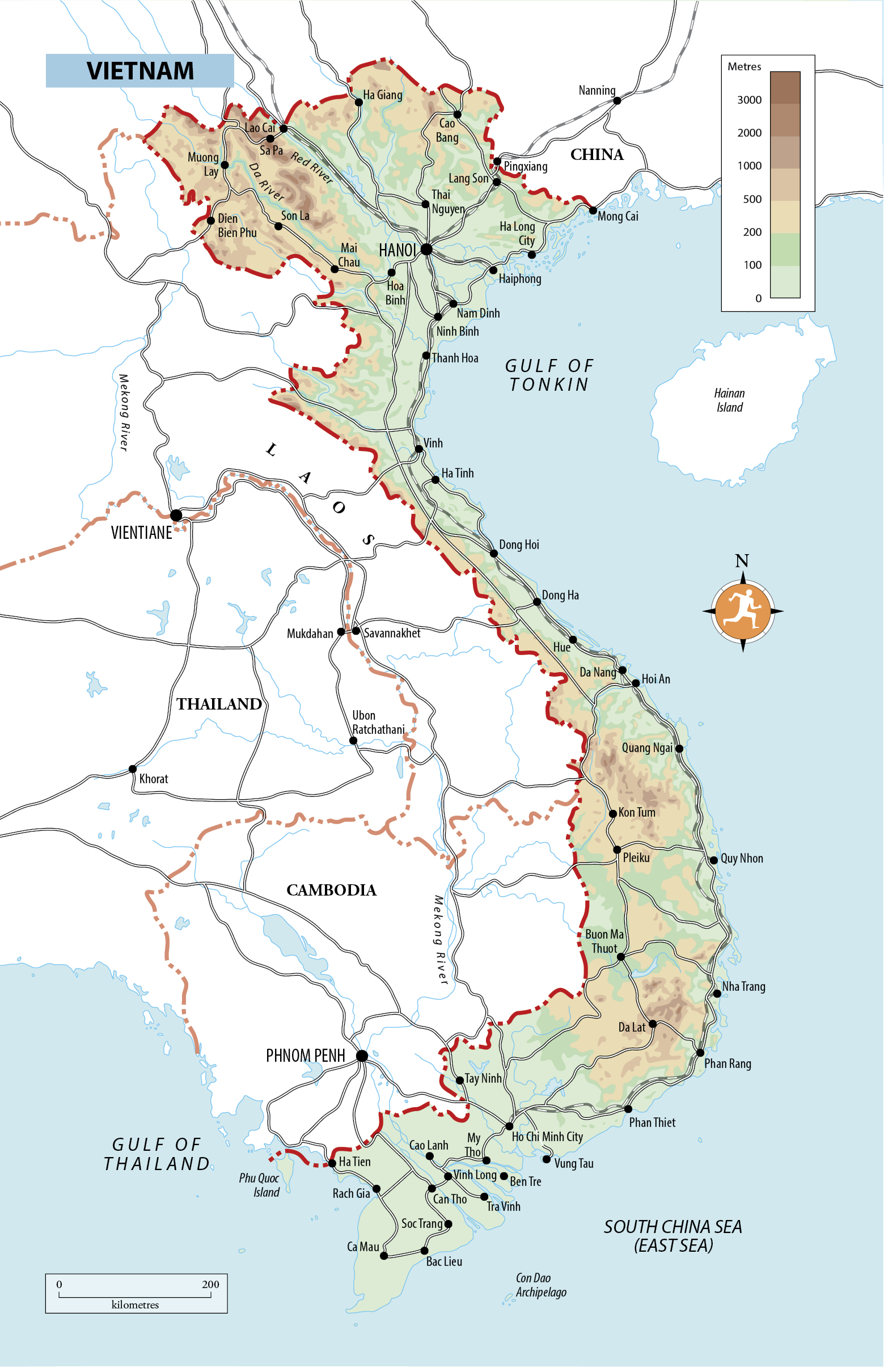
The reunification of North and South Vietnam in 1975 ended twenty years of bloody civil war, and was followed by a decade or so of hardline rule from which only the shake-up of doi moi Vietnams equivalent of perestroika, beginning in 1986 could awaken the country. This signalled a renaissance for Vietnam, and today a high fever of commerce grips the nation, seen in its flash new shopping malls and designer boutiques, and the hustle and bustle of its street markets.
Theres a marked difference between north and south, a deep psychological divide that was around long before the American War, and is engrained in Vietnamese culture. Northerners are considered reticent, thrifty, law-abiding and lacking the dynamism and entrepreneurial know-how of their supposedly more worldly wise southern compatriots. Not surprisingly, this is mirrored in the broader economy: the south is Vietnams growth engine, boasting lower unemployment and higher average wages, and increasingly glitzy Ho Chi Minh City (HCMC) looks more to Bangkok and Singapore than it does to the policy-makers in Hanoi.
Many visitors find more than enough to intrigue and excite them in Hanoi, HCMC and the other major centres, but despite the cities allure, its the countrys striking landscape that most impresses. Vietnam occupies a narrow strip of land that hugs the eastern borders of Cambodia and Laos, hemmed in by rugged mountains to the west, and to the east by the South China Sea or the East Sea, as the Vietnamese call it. To the north and south of its narrow waist, it fantails out into the splendid deltas of the Red River and the Mekong, and its in these regions that youll encounter the paddy fields, dragonflies, buffaloes and conical-hatted farmers that constitute the classic images of Vietnam.
In stark contrast to the pancake-flat rice land of the deltas, Ha Long Bays labyrinthine network of limestone outcrops loom dramatically out of the Gulf of Tonkin a magical spectacle in the early morning mist. Any trip to the remote upland regions of central and northern Vietnam is likely to focus on the ethnic minorities who reside there. Elaborate tribal costumes, age-old customs and communal longhouses await those visitors game enough to trek into the sticks. As for wildlife, the discovery in recent years of several previously unknown species of plants, birds and animals speaks volumes for the wealth of Vietnams biodiversity and makes the improving access to the countrys national parks all the more gratifying.
Fact file
The Socialist Republic of Vietnam, the capital of which is Hanoi, is one of the worlds last surviving one-party Communist states . The others include China, North Korea, Laos and Cuba.
Vietnam has a population of 95 million, of which around two-thirds live in the countryside, giving Vietnam one of the highest rural population densities in Southeast Asia. Despite this, the country has a literacy rate of around 95 percent.
Tourist numbers to Vietnam have risen from just two million in 2000 to ten million in 2016, with a year-on-year increase of ten to thirty percent.
The Vietnamese language is the only language in Indochina to use a Romanized script. However, its complex use of diacritical marks and six separate tones to indicate meaning make it very difficult for foreigners to learn.
The Vietnam War is known to Vietnamese as the American War to distinguish it from other unwelcome incursions by the French, the Chinese and the Japanese.
The motorbike is the preferred form of transport for around ninety percent of Vietnamese; there are currently about forty million motorbikes on the road (including 7.5 million in HCMC alone).
In 2013 Vietnam became the worlds largest exporter of cashew nuts, though it has since lost its crown to India. It also ranks number two globally for coffee production, and number four for rice exports.
Though the ao dai is universally recognized as Vietnams national dress , it did not come into popular use until the 1930s.
Vietnam is home to a tremendous diversity of plant and animal life , including some of the worlds rarest species, such as the Asiatic black bear, Sarus crane and golden-headed langur.
Ethnic minority woman at Bac Ha Market
Where to go
Vietnam is bigger than you might assume if you want to travel the length of the country at some leisure, see something of the highlands and the deltas and allow for a few rest days, youll really need a month. With only two weeks at your disposal, you can hopscotch between the main draws along the coast, or perhaps better concentrate on one region and enjoy it at your own pace. Internal flights can speed up an itinerary substantially, and arent too expensive.

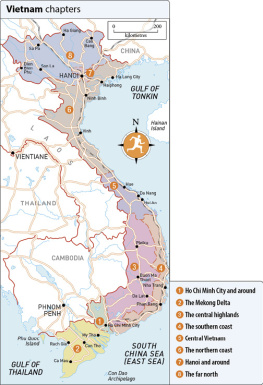
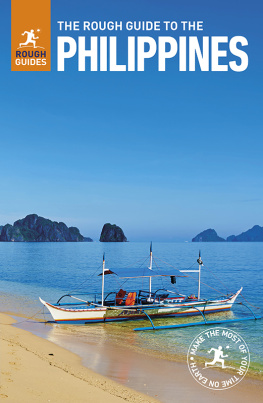
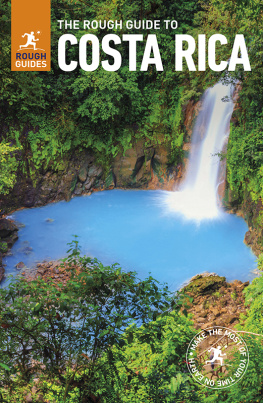
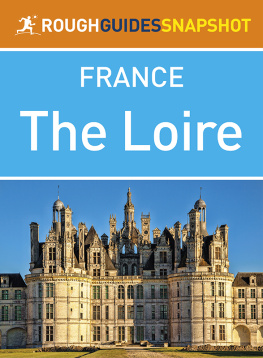
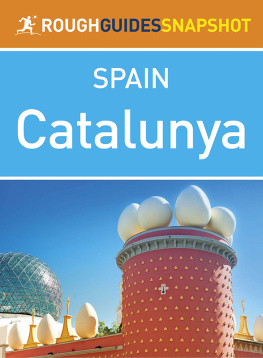
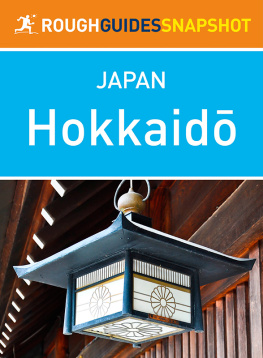
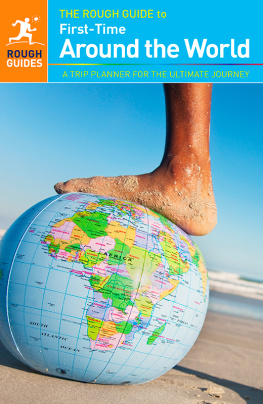
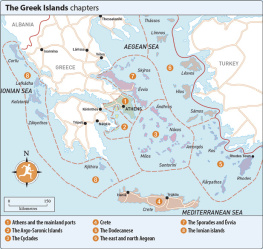

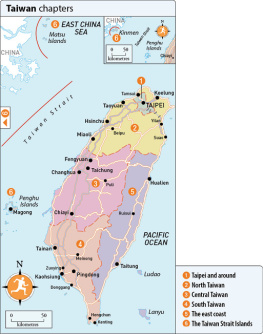
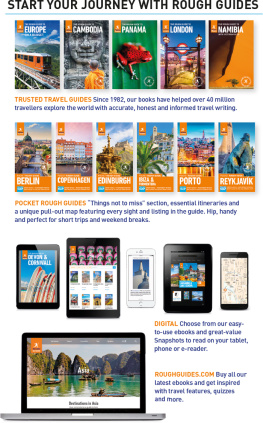

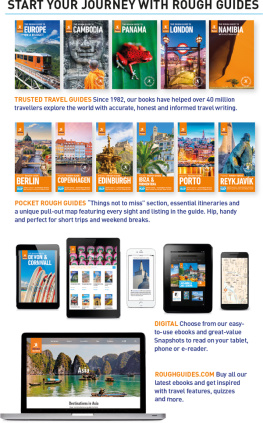

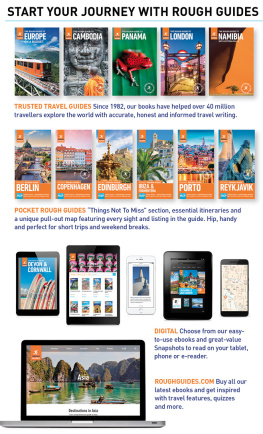
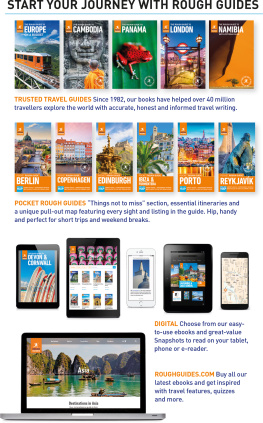
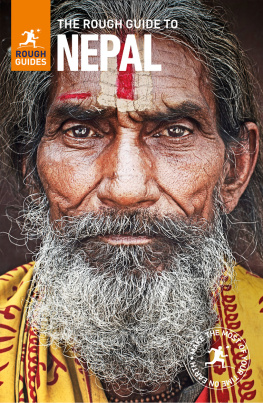
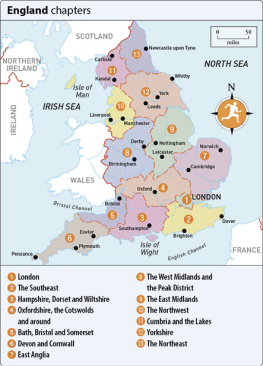
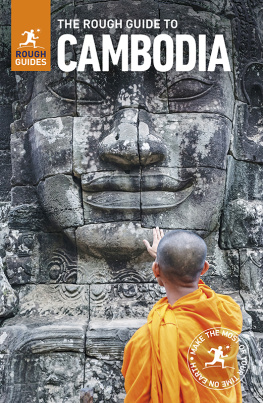
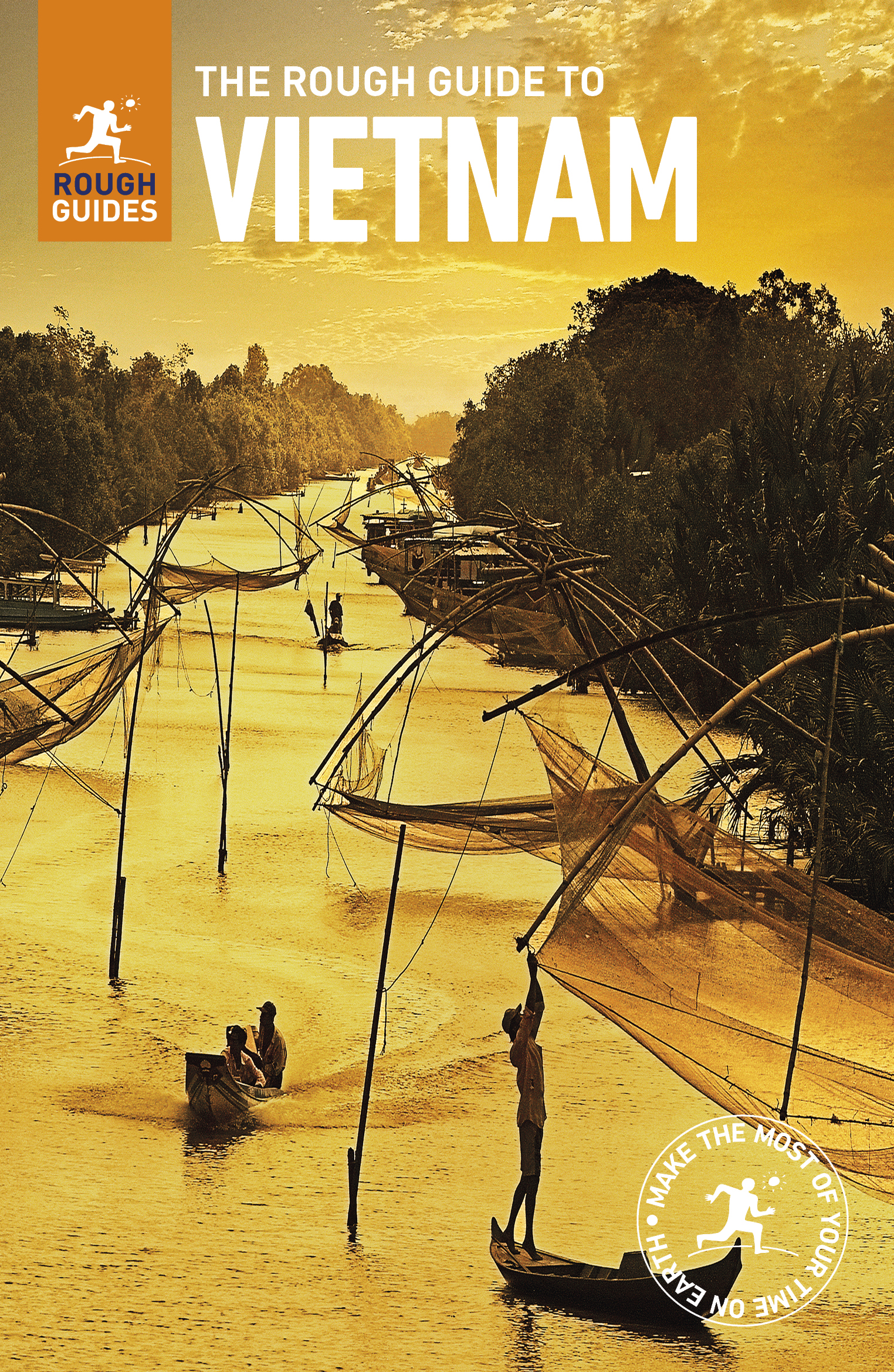
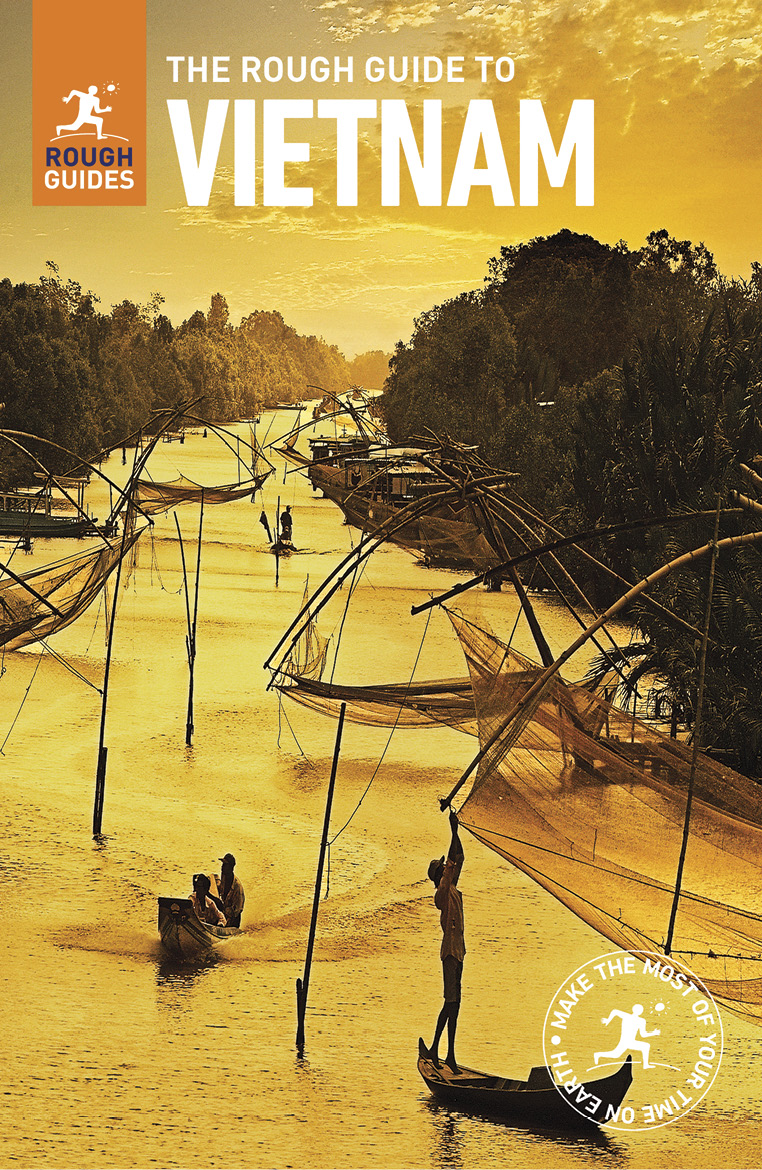
 . You can select your own favourites and create a personalized itinerary by bookmarking the sights, venues and activities that are of interest, giving you the quickest possible access to everything youll need for your time away.
. You can select your own favourites and create a personalized itinerary by bookmarking the sights, venues and activities that are of interest, giving you the quickest possible access to everything youll need for your time away.


